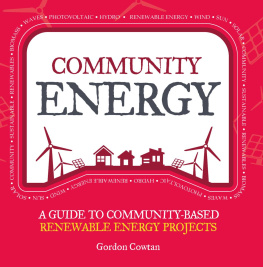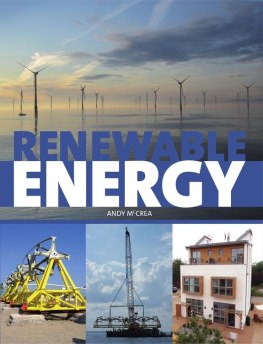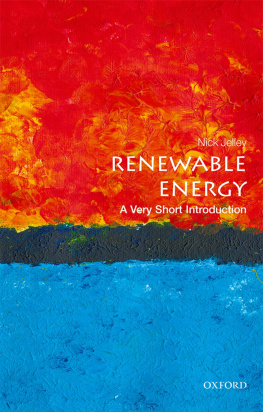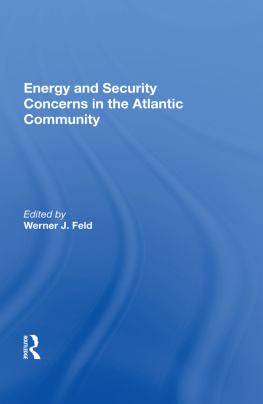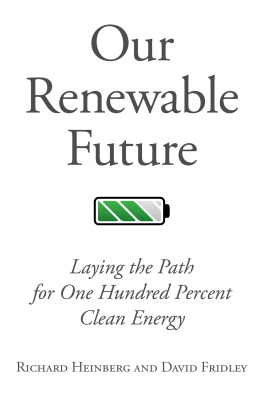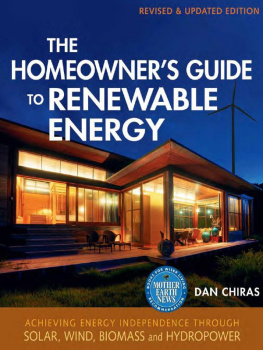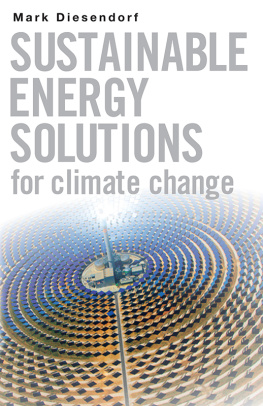takes a detailed look at government policies how the UK government finally recognised community energy, what policies there have been to support the movement and also what policies the devolved governments in Scotland, Wales and Northern Ireland have put in place.
Community energy is often seen as simply communities putting up wind turbines or building hydroelectric schemes, and while this is an important part of what its about, theres a lot more going on in the range of activities that community energy groups are involved with and the effect and importance these activities can have.
A few examples
The best way to get a sense of what community energy is all about is to look at a few examples.
Isle of Gigha
One of the best known examples of a community buyout in Scotland, the Isle of Gigha - the southernmost island of the Hebrides - is also a community energy pioneer. By owning and operating its own wind farm, the Isle of Gigha was one of the first communities in the UK to embrace community energy. Known as The Dancing Ladies (Creideas, Dchas, and Carthannas, Gaelic for Faith, Hope and Charity), the three second-hand Vestas V27 turbines were erected in 2003 and have operated since then, bringing in up to 100,000 per year to the local community, which at the time the turbines were built had just bought the island from the previous owner.
Like most island communities off the west coast of Scotland, Gigha had been in decline for many years when in 2001 the owner put the island up for sale. Despite an asking price of nearly 4 million, the islanders organised a community buyout, forming the Isle of Gigha Heritage Trust as the legal vehicle to make this happen.
However, the buyout was just the beginning of things for Gigha. There was a strong feeling that the island had been in the doldrums and that life could be better. Gighas location means that, like most of the west coast of Scotland, it receives its fair share of the weather. Using wind turbines was one of the ways chosen to improve life, harnessing some of this weather to generate an income stream for the island.
Speaking about the wind turbines, Willie McSporran, the first chairman of the Isle of Gigha Heritage Trust, said, Until recently the Isle of Gigha was in decline with a dwindling population and economy. When Gighas community bought the island, we realised we needed to develop in a sustainable way and that is what our three Dancing Ladies are helping us to do. Our three wind turbines generate electricity and an income for the community and they help to protect one of the islands greatest assets the environment. Gighas community is small but we are making a difference. If every community acts on climate change then we can solve it.
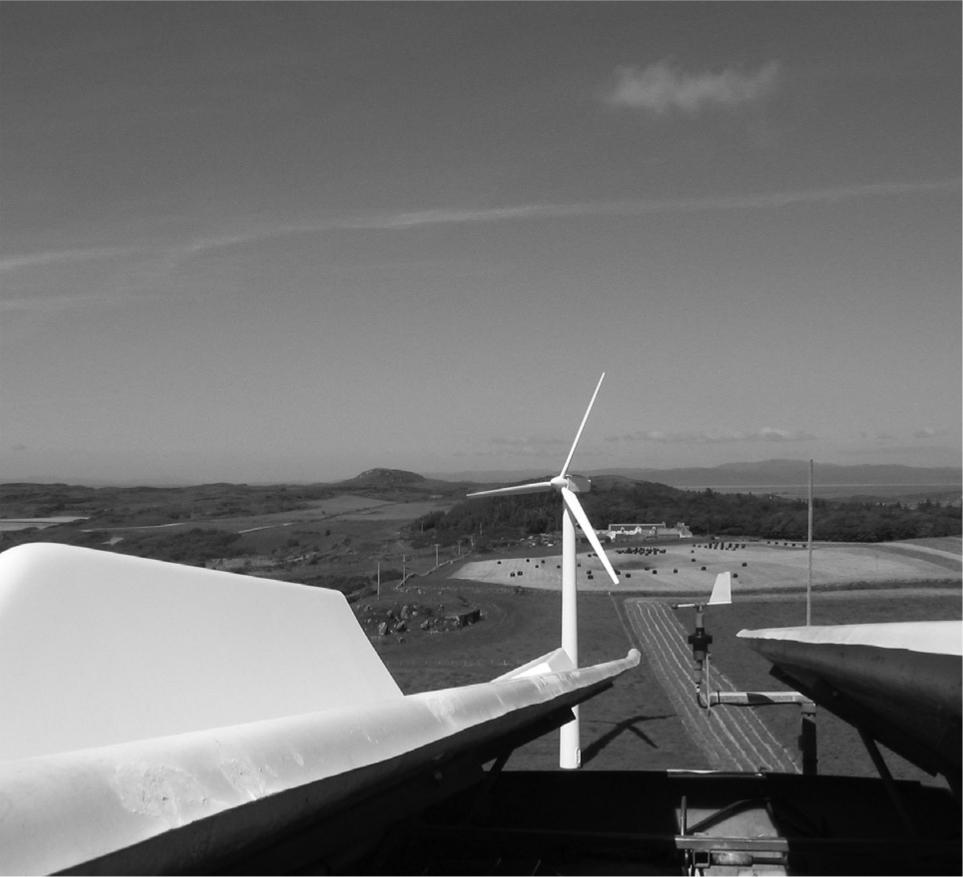
One of the turbines on the Isle of Gigha. (photo: Dr Eleanor Logan)
More recently, a fourth turbine has been added and the island is also now part of an electricity supply experiment looking at how large-scale battery technology combined with wind turbines can help maintain the electricity supply when the island is disconnected from the mainland grid, as occurs frequently to many of the islands off the west coast.
Ashton Hayes
A few years after Gigha took its groundbreaking steps into community energy, the village of Ashton Hayes in Cheshire started its first involvement in community energy, though in a very different way.
As the Ashton Hayes website states, The Ashton Hayes Going Carbon Neutral Project is a community-led initiative that is aimed at making our village the first carbon neutral community in England. The Ashton Hayes project launched in January 2006, when around 400 people came to a meeting in the village primary school. This meeting followed the parish council adopting a proposal by one of the residents of the village, Garry Charnock, that the village should try to become carbon neutral. Over the years since the project launched, the community estimate they have cut their carbon dioxide emissions by around 23%.
Theyve been supported along the way by a team led by Professor Roy Alexander from the University of Chester. One of the benefits of this involvement is that over a number of years, university students have carried out door-to-door surveys collecting information about aspects of peoples lives that will affect their carbon footprint. This information has been collated and used to calculate the carbon footprint for the whole village. On top of this, residents have also been given information and guidance on what steps they can take to cut their carbon emissions further.
More recently, the village has set up a community interest company to build up community-owned renewable energy generation that will create profits that can be ploughed back into the local community.
Fintry
The village of Fintry, just north of Glasgow in Scotland, took yet another approach to community energy. In 2003, a commercial wind farm developer presented its plans for a wind farm consisting of 14 2.5 megawatt (MW) turbines on the nearby Fintry Hills. Members of the community believed that this was an opportunity for the village, rather than a threat, and approached the developer with the idea of the village having a stake in the development, in the form of one of the turbines. Following much discussion and negotiation, the developer agreed to add an additional turbine for the village to the plans for the development.
The electricity from this turbine is sold to the grid along with the electricity from the rest of this development and the village receives the income this generates. An organisation to manage this income, Fintry Development Trust was set up specifically for the purpose.
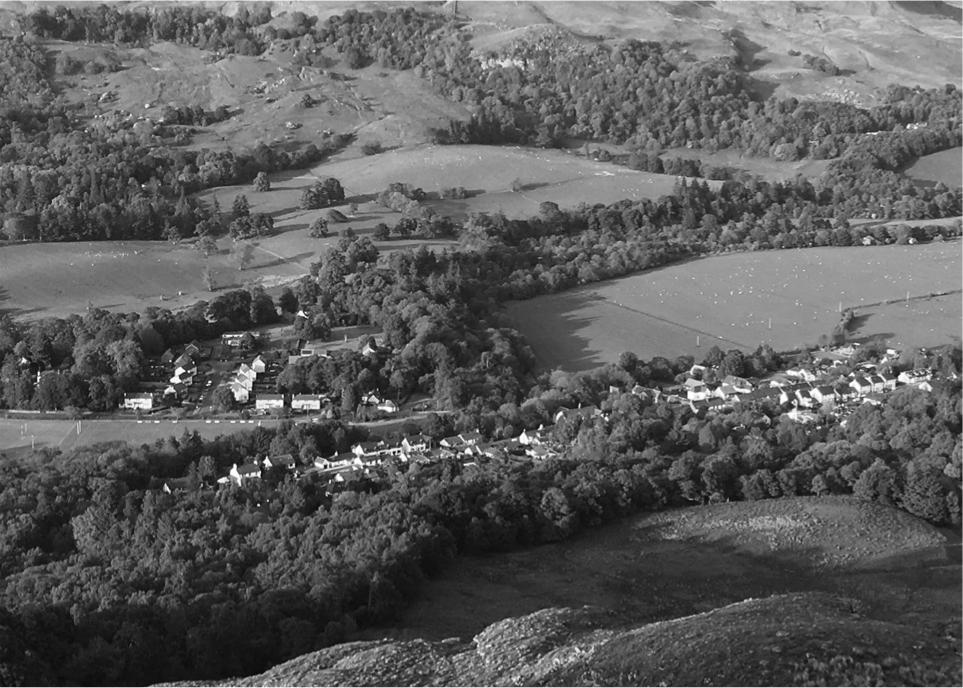
The village of Fintry in Stirlingshire. (photo: Gordon Cowtan)
The aims of the trust are to reduce the energy use and carbon footprint of the village as a whole, and use the income from the turbine to further these aims in the form of practical help for householders and other community groups in the village.

